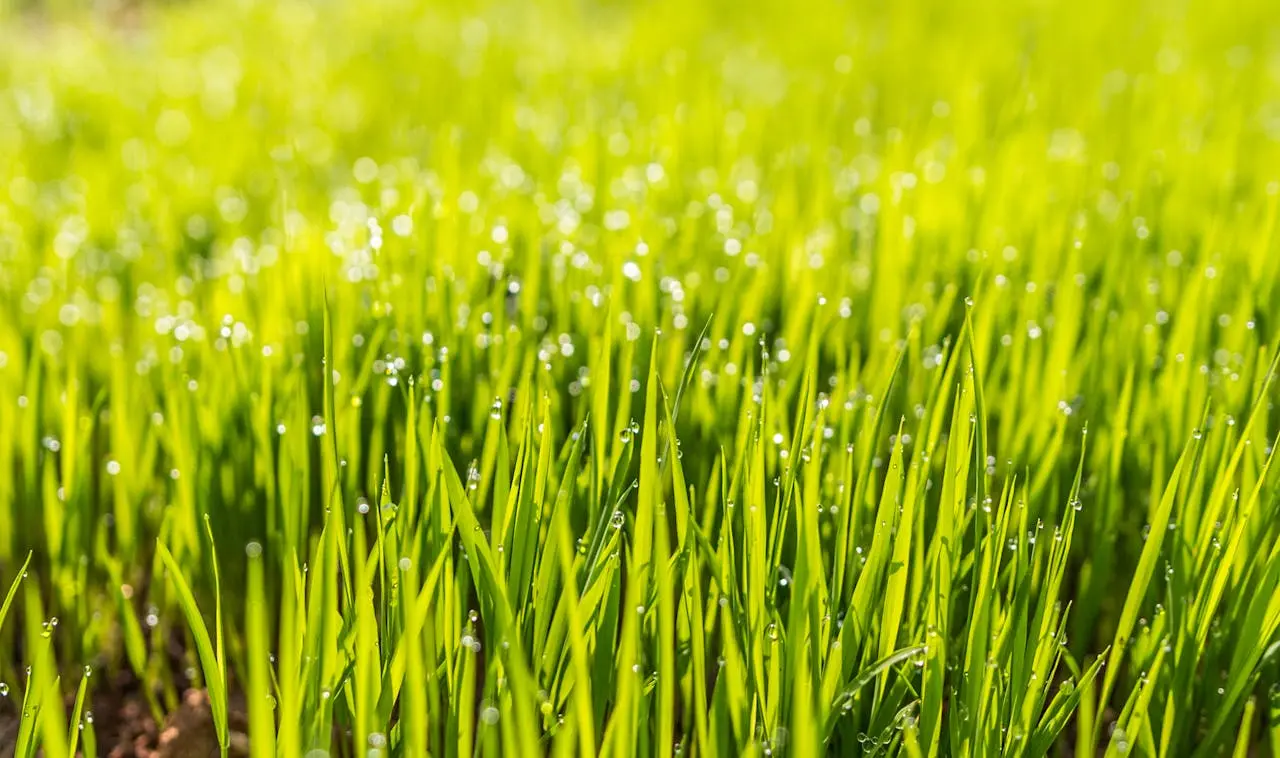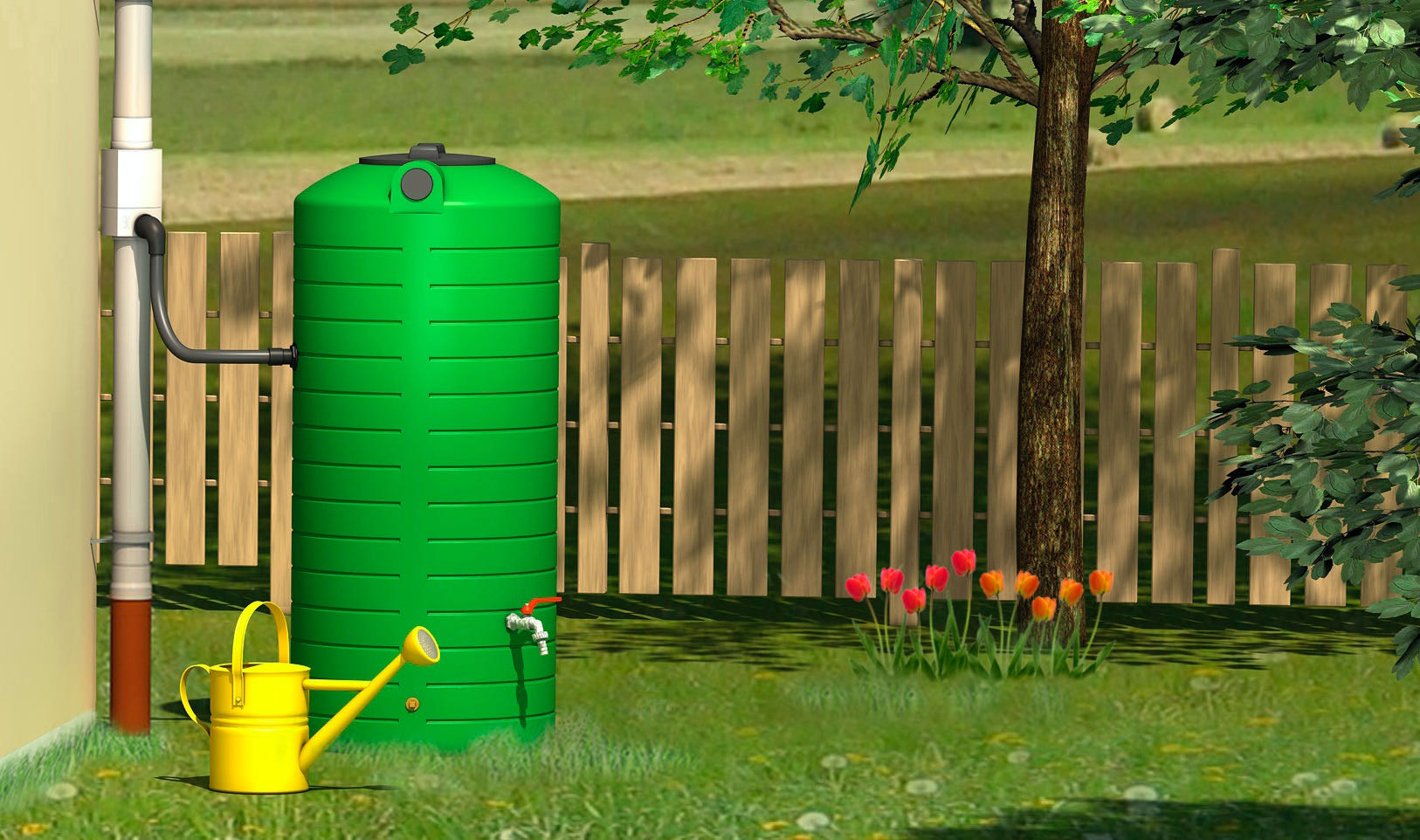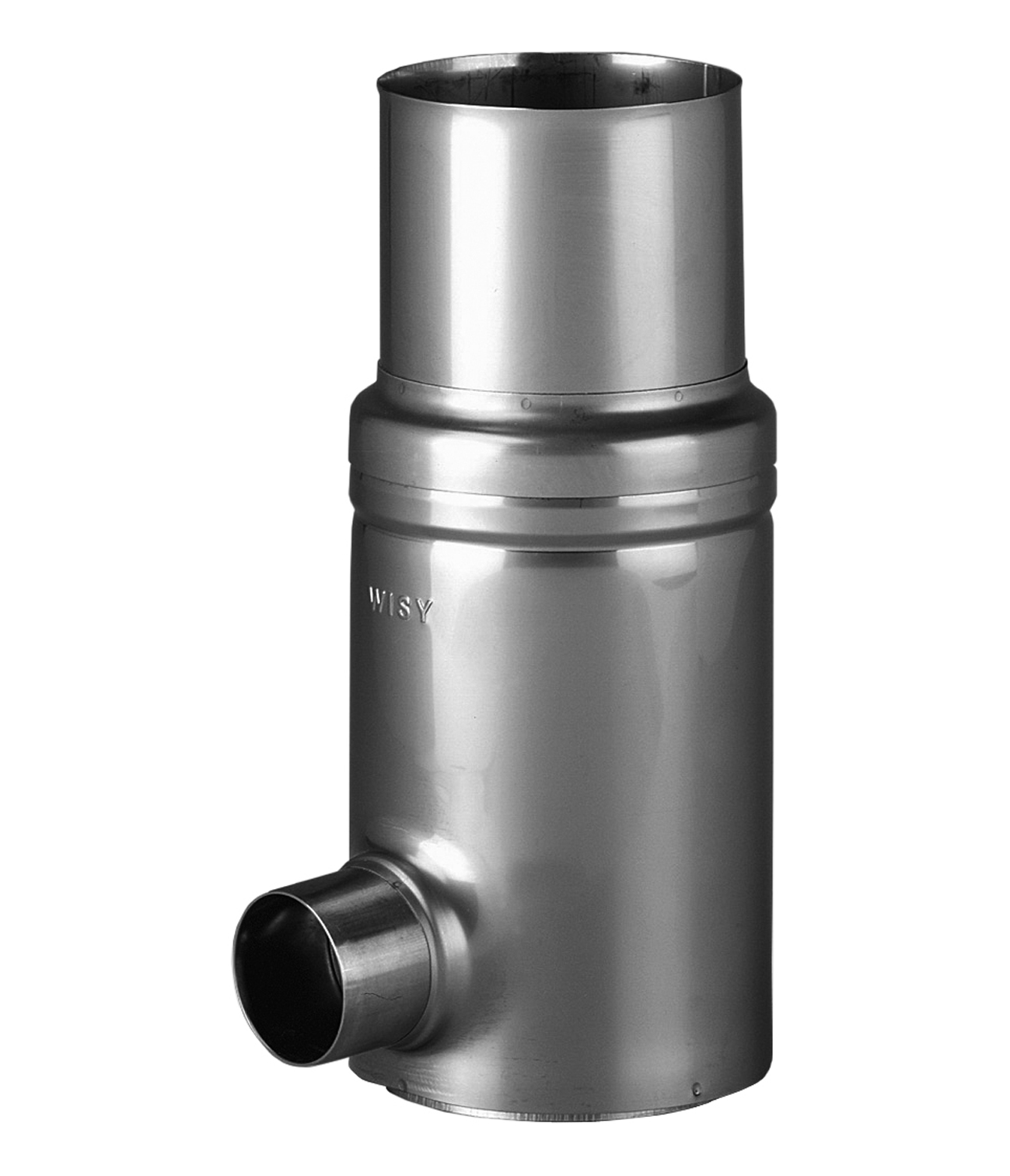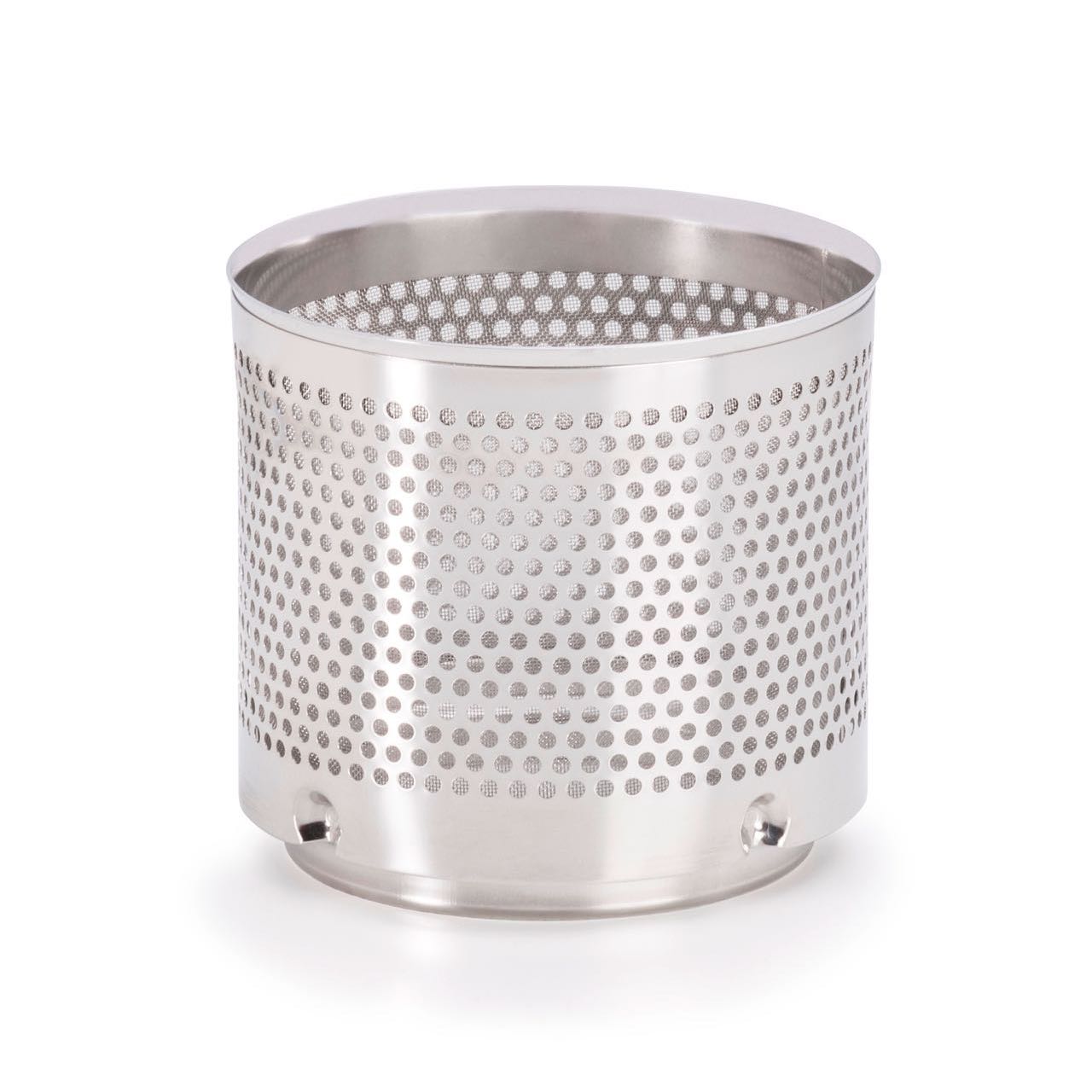Watering and maintaining a new lawn properly
For many garden owners, a lush green, healthy lawn is the centrepiece of the garden. Proper watering is particularly important to ensure that a newly laid lawn - whether seeded or turfed - develops optimally. Newly sown lawns and freshly laid turf need special care requirements that differ significantly from those of an already established lawn.
Optimum irrigation of a newly sown lawn
When sowing a new lawn, the soil should already be moist. Start watering the soil about two to three days before sowing so that the lawn seeds can germinate in a moist environment. After sowing, it is crucial to keep the soil evenly moist to support the growth of the tender seedlings.
- The top layers of soil should be kept constantly moist for the first 3-4 weeks.
- Daily watering is usually necessary, often even two to three times a day, depending on the weather. Keep the watering time short, about 5-10 minutes, to maintain surface moisture without washing away the seeds.
- If the seeds dry out due to lack of water, you may have to resow.
Make sure that the soil is neither too dry nor too wet during this phase. Waterlogging can suffocate the seedlings and lead to uneven growth.
Watering newly laid turf
The advantage of rolled turf is that it is laid directly and forms a closed lawn within a short time. However, rolled turf also needs to be watered intensively, especially during the growth phase, so that it takes root well.
- In the first two weeks after laying, the turf should be watered daily with 10-15 litres of water per square metre, depending on the temperature and sunlight.
- Check regularly that the turf base layer is moist to a depth of approx. 7-10 cm.
- After about 14 days, watering can be slowly reduced as the turf begins to take root in the subsoil.
For even watering, it is best to use a lawn sprinkler or an irrigation system that allows the water to penetrate deep down to the roots.
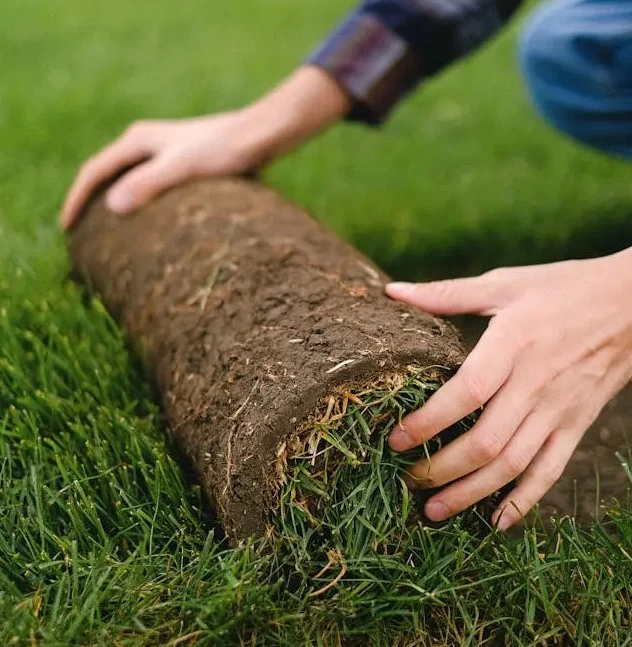
Turf also requires intensive watering during the growth phase.
The ideal time of day to water your new lawn
The early hours of the morning are best for watering the lawn. The soil temperature is still low between 3 and 6 a.m., which means that the water penetrates the soil better and does not evaporate as quickly. Watering in the evening, on the other hand, should be avoided as the soil is often heated up at this time, meaning that a large proportion of the water evaporates before it can reach the roots.
Watering in the evening can also lead to fungal diseases, as the residual moisture remains on the lawn overnight, creating an ideal environment for fungi. Therefore, water preferably in the morning to ensure optimum water utilisation and a healthy turf.

Low evaporation rate and low risk of fungal diseases: The morning hours are best for watering a newly laid lawn.
Consider soil types when determining the correct amount of water
The amount of water required for new turf varies depending on the soil type.
Soil types and water requirements for new turf
The soil significantly influences the amount of water required:
- Sandy soils dry out quickly and require more frequent watering in small amounts. These soils should be watered frequently , briefly and evenly to ensure constant moisture.
- Loamy or clayey soils store water for longer and can therefore be watered less frequently but more intensively. For fresh turf on such soils, the aim is to keep the top layer of soil evenly moist without creating waterlogging.
Avoid overwatering: too much water can damage lawn seeds or freshly laid turf, as they could be washed away. A simple method of checking the correct amount of water is to set up a rain gauge or a water meter on the garden hose.
Other tools for optimum watering
The use of an irrigation system is recommended for even watering:
- Lawn sprinklers for larger lawns
- Garden hose with a spray head that distributes fine droplets or a watering can with a spray attachment
- Automated watering systems with time control
- Soil moisture sensors for precise moisture control
For sustainable watering, you can use rainwater, for example by installing a rain barrel or using a cistern. Rainwater contains no lime or additives such as chlorine, which is particularly gentle on lawn grasses.
Rainwater for lawn irrigation
Rainwater is particularly beneficial for watering plants and lawns as it is naturally soft and rich in nutrients. Unlike tap water, rainwater contains no limescale and is free from chemical additives such as chlorine or fluoride. In the long term, water containing lime can lead to soil changes and incrustations that impair soil life and make it difficult for plant roots to grow. This is particularly important for newly established lawns, as the young seedlings depend on an optimal soil environment in order to develop strong roots and grow evenly.
Rainwater filter for clean irrigation water
To be able to use clean rainwater for irrigation, it is advisable to install a rainwater filter. A downpipe filter, such as the GRS garden rainwater collector or the RS rainwater collector, reliably filters leaves and dirt particles out of the water and channels the cleaned rainwater into a rain barrel. For a convenient solution, such filters are often available in sets with a rain barrel, such as the rain barrel garden set from WISY. With a rainwater filter, clean, limescale-free water is always available to the garden, which not only cares for the lawn, but also saves resources and costs.
A well-designed irrigation system, the right amount of water and the optimum times of day help to keep the new lawn healthy and strong in the long term. This way, you can create the centrepiece of your garden with a well-tended lawn and keep it green and lush even on hot summer days.
If you would like to find out more about the benefits of rainwater utilisation and suitable systems such as downpipe filters, rainwater barrels or coordinated sets, we will be happy to help. Contact us and let us advise you individually on how you can water your garden sustainably and efficiently.





